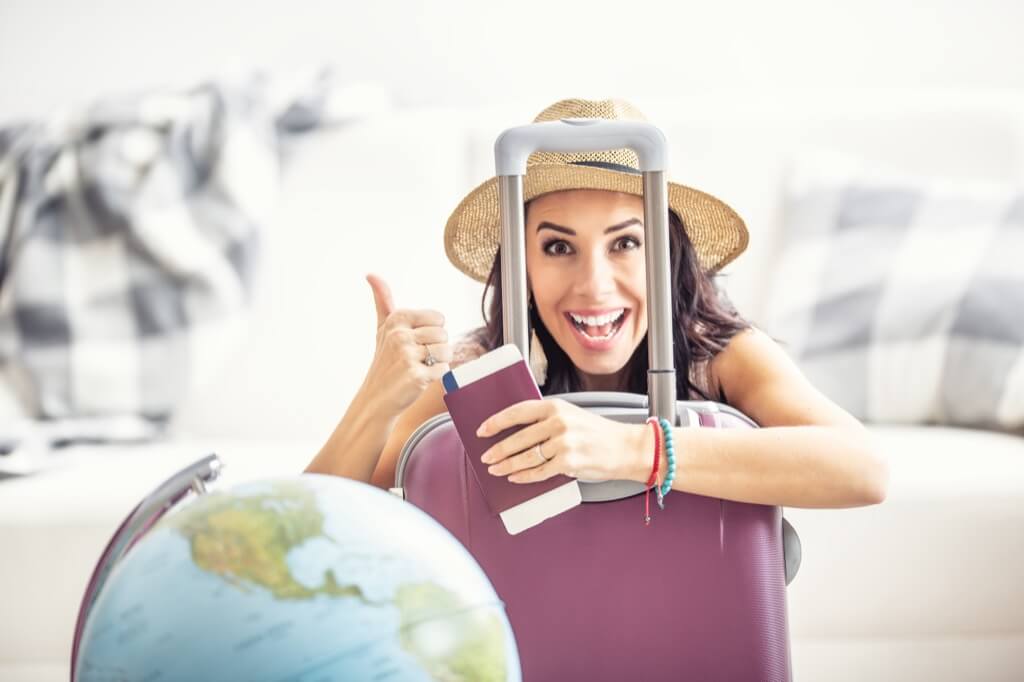Have you ever found yourself gesturing wildly, attempting to buy a train ticket in a foreign country? Or perhaps you’ve tried to decipher a menu, only to end up with a dish you didn’t expect? These are the humorous moments in travel, the ones we laugh about later. But they also underline an essential point: the role of language and communication in enriching our travel experiences.
Why Communication is Essential in Travel
When you travel, you’re not just moving from one location to another; you’re stepping into a new culture, with its unique traditions, values, and yes, languages. The way you communicate can either open doors or close them. Understanding the language, or at least attempting to, is a sign of respect. It says, “I value your culture and want to connect with it authentically.”
The Humor in Miscommunication
While ordering a dish you’ve never heard of or misunderstanding a local can lead to some eyebrow-raising moments, these experiences often become the stories you remember most. They offer an opportunity to laugh at oneself and bond with locals over shared humor. After all, who can forget that time you accidentally ordered sheep’s head thinking it was lamb chops?
The Value of Learning Basic Phrases
Now, this doesn’t mean you need to become fluent in every language of every country you visit. However, learning a few basic phrases can go a long way. A simple “thank you” or “please” in the local dialect can earn you smiles and nods of appreciation. It bridges the gap between being a tourist and a respectful traveler.
The Role of Technology in Overcoming Language Barriers
Thanks to advancements in technology, you have tools at your fingertips that can make communication smoother. Translation apps can help you understand and be understood, making interactions less about the barrier and more about the exchange. But remember, while technology is a great aid, nothing beats the authenticity of human connection.
The Richness in Embracing the Challenge
Language barriers, while challenging, add depth to your travel experiences. They push you out of your comfort zone, encouraging you to find new ways to connect and understand. And in those moments of misunderstanding, when you’re trying to mime your way through a conversation or you’re lost in translation, you find the heart of travel: connection, understanding, and growth.
Understanding Language Barriers
The complexities of language serve as both a beautiful testament to our diverse cultures and a hurdle in effective communication. At the heart of these complexities lies the phenomenon of semantic barriers. This intricate challenge arises when words carry multiple interpretations. Imagine being in the midst of a conversation where both the sender and the receiver grapple with words that bear more than one meaning, or where neither party has a complete grasp of the language in use. The result? Communication that may not hit its mark, leading to misunderstandings or even total miscommunication.
The Impact of Language Barriers on Travel Experiences
Venturing into foreign lands, immersing oneself in new cultures, and experiencing the unfamiliar is an exhilarating adventure. Yet, the thrill of international travel is often intertwined with the challenges of language barriers. Picture this: you’re wandering the vibrant streets of a city, stomach rumbling, ready to sample local delicacies. But as you step into a quaint eatery, the menu seems like a jigsaw puzzle, the words unfamiliar and the descriptions puzzling. Or perhaps, you’re trying to strike up a conversation with a local artisan about their craft, but the dialogue feels like navigating a maze, where each turn leads to more confusion.
The challenges don’t end with menus and casual conversations. Finding one’s way around a new place, deciphering transportation systems, or understanding local etiquettes and customs can become formidable tasks when language barriers stand tall.
A Double-Edged Sword in the World of Travel
While the very essence of travel lies in exploring the unknown, the unknown can sometimes be intimidating, especially when it’s a language that’s foreign to your ears. But therein lies the magic as well. When words fail, humans, being the adaptable beings that they are, find other means to connect. Through gestures, shared laughter over a mispronounced word, or the mutual appreciation of a tune hummed, travelers and locals find ways to bridge the linguistic divide. And it’s these very moments, born out of the challenge of language barriers, that often lead to the most authentic and memorable travel experiences.
The Psychology of Language Learning
Language acquisition is more than just memorizing vocabulary and grammar rules. At its core, it’s a cognitive process that challenges the brain and reshapes how one thinks. Some argue that language learning is an innate ability, while others believe it’s heavily influenced by environment and exposure. Does starting earlier in life, during the so-called “critical period”, guarantee fluency? Or can adults, with the right tools and determination, achieve similar proficiency? These questions tap into the heart of psycholinguistics, offering intriguing avenues of exploration and debate.
Machine Translation
In today’s digital age, machine translation tools like Google Translate are becoming increasingly sophisticated, offering instant translations at our fingertips. But are they enriching our experiences or detracting from authentic interactions? While they offer undeniable convenience, some argue that they create a dependency that impedes genuine language learning. Others counter by highlighting their role in breaking immediate barriers, allowing for basic communication where it might otherwise be impossible.
Bilingualism’s Effects on Brain Health
The benefits of bilingualism extend beyond communication. Recent studies suggest that juggling two languages can enhance cognitive abilities and might even delay the onset of dementia and other age-related cognitive ailments. But how significant are these effects? And do they only apply to individuals who’ve been bilingual since childhood, or can latecomers to a second language also reap these brain benefits?
Cultural Assumptions and Linguistic Interpretations
Every language carries with it a wealth of cultural nuances, idioms, and assumptions. These can profoundly affect how messages are interpreted, leading to cultural faux pas or deeper misunderstandings. For instance, the directness appreciated in one culture might be considered rude in another. How does the interplay of language and culture shape our perceptions and interactions, especially when traveling or working in multicultural environments?
Silent Languages
Communication isn’t solely about spoken or written words. There’s a whole world of “silent languages” – from body language to tonal nuances – that convey messages. In some cultures, non-verbal cues might carry even more weight than the words themselves. How do these silent languages factor into the challenges and enrichments of cross-cultural communication? Are we, as global citizens, attuned to these subtler forms of expression, or do they too become barriers we need to understand and overcome?
If the nuances of communication in travel intrigue you, we’re here to further enlighten and assist. Shed light on your personal experiences or challenges—reach out to us directly through our contact page. Together, let’s transform challenges into enriching experiences.




